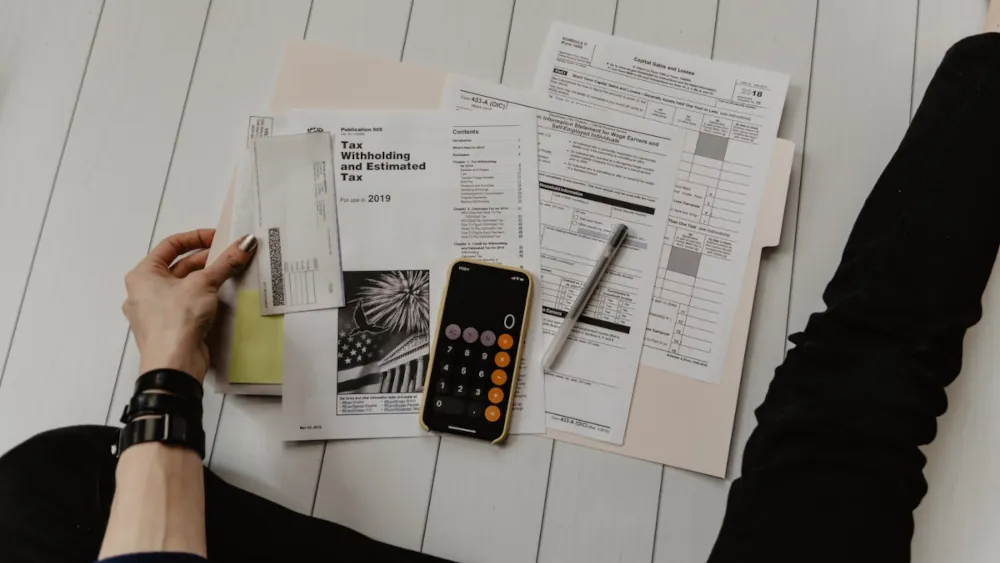Who doesn’t love spending money? Getting yourself a small treat to eat or really splashing out with a new luxury item like a designer bag or the latest iPhone, there’s something about spending money that feels good. Of course, we shouldn’t feel guilty about spending our money or buying something we want, but we should be vigilant for a phenomenon that will rob us of our earnings-lifestyle creep.
Find out what lifestyle creep is, the signs that it’s creeping up on you, and how you can deal with it.
What is Lifestyle Creep?
Lifestyle creep is the incremental increase in expenses in line with or exceeding any income increases you experience.
If you’ve ever changed jobs or gotten a promotion with a big raise, you can no doubt remember the feeling of joy. Then, you thought about how that money might change your life in both big and small ways. You thought about your life goals and how the extra money you’d earn would help you accomplish them.
Fast forward a few months, and little seems to have changed, even your bank balance. Yes, you’re earning more, but you seem to be spending more too. The extra wages aren’t manifesting in your life or your bank balance. Instead, you’ve been hit by lifestyle creep.
What Are the Signs of Lifestyle Creep?
- Your bank balance isn’t increasing despite earning more
- You feel that you aren’t making progress with your financial goals
- You don’t know where your money goes each month
Which Expenses Most Contribute to Lifestyle Creep?
Not all your spending is a problem. Of course, we all need to spend money, not only for necessities of life but also to enjoy ourselves. But there are expenses we could remove without any detrimental effects, and these are the ones we should target first to stop lifestyle creep.
Subscription Services
42% of people are paying for monthly subscriptions that they no longer use, and according to this study, the average consumer is spending $133 more than they think they are on subscriptions. The average monthly subscription expenditure is $219.
By only canceling the subscriptions we no longer use, we could save almost $100 each month, and by reducing the number of subscription services we use, we could save even more.
Eating out
The average person dines out six times a week in the United States. It may just be a quick sandwich for lunch at your desk, but spending $10 on lunch each day could be a cause of your lifestyle creep.
When you got your first job, you likely weren’t eating out as much. Making lunch in the morning only takes a minute and may save you $50 or more each week; that’s $2600 a year.
Online Games and Apps
When I started playing video games, they came on cartridges or floppy disks, and once I’d paid for them, they were mine. But now, with pay-to-play, in-game add-ons, and expansions, playing video games means an ongoing expense.
This player of World of Warcraft totaled the cost of playing the game on and off for 15 years and realized he’d spent £2224 (approx $2400.) He also mentions that WoW wasn’t the only game he played during that period.
How to Avoid Lifestyle Creep?
So we’ve seen some of the worst offenders for lifestyle creep, but how should we fight against it happening in the first place?
Make a Budget
You should make a budget. Your budget should include:
- Long-term financial goals
- Your monthly estimated increase in net worth
- Monthly Expenses
By making these estimates and comparing them with reality at the end of the month, you can see your progress and, more importantly, what you need to different next month.
If you are consistently unable to hit your budget, tracking your spending for a month is a good solution.
Pay Yourself First
If you have goals of becoming financially independent or retiring early, you may have heard the phrase pay yourself first. Before you start paying your bills or spending your money, you should pay yourself.
Paying yourself can mean putting money into a savings account. It could mean paying off your debt or buying investments such as real estate or index funds. Paying yourself first is prioritizing your financial future over the things you want to spend money on now in the present.
Setup Automatic Transfers
Creating automatic transfers is the best way to make sure you save money and limit the amount you spend.
- Create a spending account and set up an automatic transfer to move money into it the day after you get paid. Then use only the cash in your spending account for your daily living expenses.
- Set up another automatic transfer into a savings or investment account, depending on your financial goals.
- Use the remaining money for paying your bills, mortgage, etc.
Make Your Own Meals
You don’t have to start a crazy restrictive diet like keto to start cooking your own meals. Making a basic lunch each day is all it takes to save real money.
Don’t turn to make food into a burden that you feel you must do every day. Instead make it fun by creating meals you love, learning a new cuisine, or starting simply. On days that you don’t want to or don’t have the time to make your own food, eat out. Just don’t make eating out the default.
Takeaways: Reduce Your Financial Commitments
- Cancel unnecessary subscriptions
- Consolidate debts
- Reduce your electricity bills with intelligent tech
- Use shopping lists to reduce impulse spending
- Make your own meals
- Pay Yourself First

